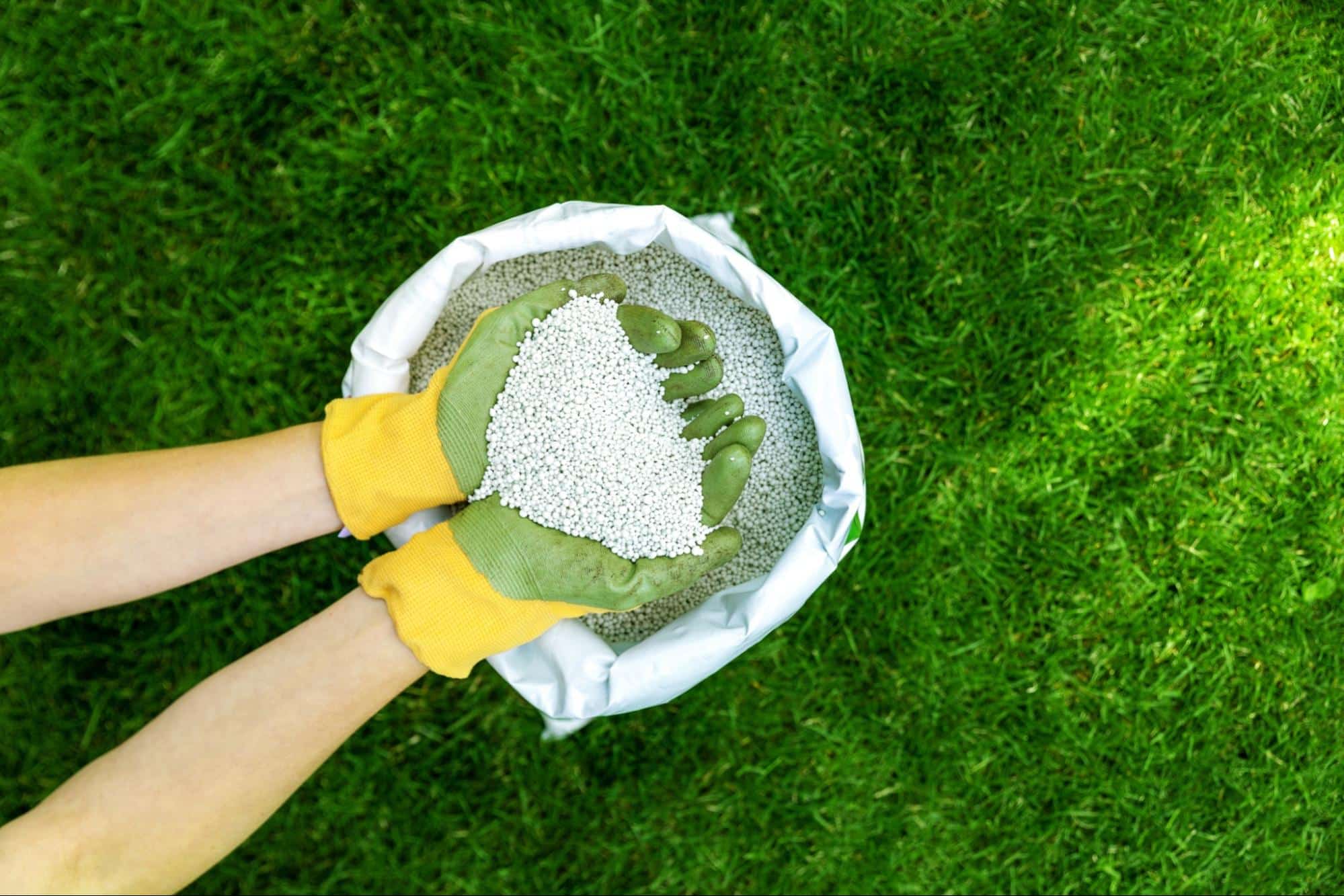Bermuda grass is a popular choice for lawns and athletic fields due to its ability to withstand heat and drought. To keep your Bermuda grass looking lush and vibrant, proper fertilization is essential. In this article, we will explore the importance of fertilizing Bermuda grass, the best fertilizers to use, when to apply them, and the correct techniques for optimal results.
Introduction to Fertilizing Bermuda Grass
Bermuda grass requires regular fertilization to maintain its health and appearance. Fertilizers provide essential nutrients that promote growth, color, and overall vigor of the grass. By understanding the nutritional needs of Bermuda grass and following proper fertilization practices, you can enjoy a beautiful and thriving lawn.
Understanding the Nutritional Needs of Bermuda Grass
Before diving into fertilization techniques, it’s crucial to understand the nutritional requirements of Bermuda grass. The three primary nutrients necessary for healthy growth are nitrogen (N), phosphorus (P), and potassium (K). Nitrogen promotes leaf and shoot growth, phosphorus aids in root development, and potassium enhances overall plant health and resilience.
The Benefits of Fertilizing Bermuda Grass
Fertilizing Bermuda grass offers several benefits that contribute to its overall health and appearance. Properly fertilized lawns are more resistant to pests, diseases, and weeds. Fertilizers also help Bermuda grass recover from stress caused by foot traffic, extreme temperatures, or drought conditions. Additionally, fertilization enhances the grass’s color and density, resulting in a more appealing and vibrant lawn.
Choosing the Right Fertilizer for Bermuda Grass
When selecting a fertilizer for Bermuda grass, it’s crucial to consider the nitrogen, phosphorus, and potassium (NPK) ratio. For Bermuda grass, a fertilizer with a higher nitrogen content is typically preferred to promote healthy growth and a vibrant green color. Look for fertilizers with a ratio of 3:1:2 or 4:1:2 for optimal results.
There are two main types of fertilizers: slow-release and quick-release. Slow-release fertilizers gradually release nutrients over an extended period, providing a consistent supply to the grass. Quick-release fertilizers deliver nutrients rapidly but may require more frequent applications. Both types have their advantages, so choose based on your specific needs and preferences.
When to Fertilize Bermuda Grass
Fertilizing Bermuda grass at the right time is crucial for its optimal growth. Here are the recommended periods for fertilization:
Spring Fertilization
Spring is an ideal time to fertilize Bermuda grass, as it prepares the lawn for the growing season ahead. Apply a slow-release fertilizer in early spring, when the soil temperature reaches around 65°F (18°C). This timing ensures that the grass receives the necessary nutrients as it begins actively growing.
Summer Fertilization
During summer, Bermuda grass experiences its peak growth period. To maintain its lush appearance, consider a light application of nitrogen-rich fertilizer in mid-summer. However, avoid excessive fertilization during this time, as it may lead to thatch buildup and increased mowing requirements.
Fall Fertilization
Fall fertilization is crucial for Bermuda grass, as it helps the lawn recover from the stress of summer and prepares it for winter dormancy. Apply a slow-release fertilizer in early fall to promote root development and nutrient storage, ensuring a healthy lawn the following spring.
Proper Techniques for Fertilizing Bermuda Grass
To achieve the best results when fertilizing Bermuda grass, it’s important to follow proper techniques. Consider the following steps:
Soil Testing
Before applying fertilizer, conduct a soil test to determine the nutrient levels and pH of your lawn. This information helps you choose the right fertilizer and application rates based on your grass’s specific needs.
Correct Application Rates
Follow the recommended application rates provided by the fertilizer manufacturer. Applying too much fertilizer can lead to burn or damage to the grass, while under-fertilization may result in weak growth and discoloration.
Even Application Distribution
Ensure an even distribution of fertilizer across the lawn. Uneven application can cause inconsistent growth and color. Use a broadcast spreader or a handheld spreader, depending on the size of your lawn, to achieve uniform coverage.
Watering After Fertilization
After applying fertilizer, water your lawn thoroughly. This step helps the nutrients penetrate the soil and reach the grass’s roots. Avoid overwatering, as it may wash away the fertilizer or promote disease development.
Common Mistakes to Avoid When Fertilizing Bermuda Grass
To maintain a healthy Bermuda grass lawn, it’s essential to avoid common mistakes that can hinder its growth. Here are a few mistakes to watch out for:
Over-Fertilization
Applying too much fertilizer can lead to excessive growth, thatch buildup, and increased mowing requirements. It can also contribute to nutrient runoff, polluting water bodies. Always follow the recommended application rates and schedules.
Under-Fertilization
Under-fertilizing Bermuda grass can result in weak growth, poor color, and increased susceptibility to pests and diseases. Regular fertilization ensures that the grass receives the necessary nutrients to thrive.
Fertilizing During Drought Conditions
Avoid fertilizing your Bermuda grass during drought conditions. Fertilizers require moisture to properly dissolve and be absorbed by the grass. Fertilizing during dry periods may stress the grass further.
Using the Wrong Type of Fertilizer
Choosing the wrong type of fertilizer or using a product not suitable for Bermuda grass can lead to suboptimal results. Always select a fertilizer specifically formulated for Bermuda grass and consider the NPK ratio that suits its needs.
Maintaining a Healthy Bermuda Grass Lawn
Besides fertilization, there are other practices you should adopt to maintain a healthy Bermuda grass lawn. Proper mowing, regular watering, aeration, and weed control are essential components of lawn care. By incorporating these practices, you can ensure your Bermuda grass remains vibrant and resilient.
Conclusion
Fertilizing Bermuda grass is a crucial aspect of lawn care that contributes to its overall health and appearance. By understanding the nutritional needs, selecting the right fertilizer, and following proper techniques, you can enjoy a beautiful and thriving Bermuda grass lawn throughout the year. Remember to fertilize during the appropriate seasons, avoid common mistakes, and maintain a holistic approach to lawn maintenance for optimal results.
Frequently Asked Questions (FAQs)
Can I use any fertilizer for Bermuda grass?
It’s best to use a fertilizer specifically formulated for Bermuda grass. Look for a product with a higher nitrogen content and a balanced NPK ratio.
How often should I fertilize Bermuda grass?
The frequency of fertilization depends on various factors such as soil conditions, grass health, and climate. As a general guideline, fertilize Bermuda grass two to four times a year, with a focus on spring, summer, and fall applications.
Is it necessary to water the lawn after fertilizing?
Yes, watering the lawn after fertilizing is crucial. It helps the nutrients penetrate the soil and reach the grass’s roots. However, avoid excessive watering, as it may wash away the fertilizer.
Can I use organic fertilizers for Bermuda grass?
Yes, organic fertilizers can be used for Bermuda grass. Look for products labeled as suitable for lawns and ensure they provide the necessary nutrients for Bermuda grass’s growth.
Can I fertilize Bermuda grass during winter?
It’s generally not recommended to fertilize Bermuda grass during winter, as the grass is in a dormant state. Fertilization during this period may not be effective, and the nutrients may go unused.








